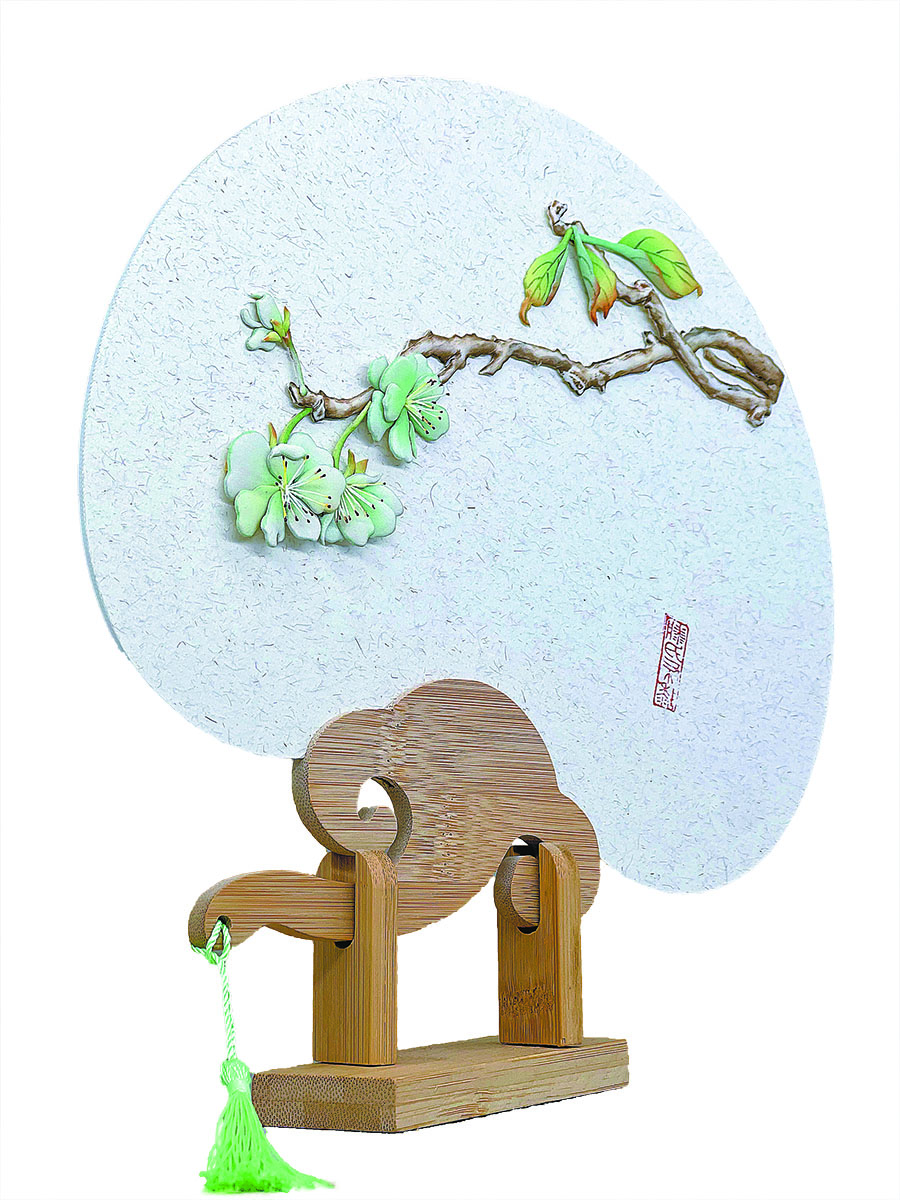A thread of culture knits the past to the present


It takes at least nine steps to finish a relatively simple buhu painting, and for those complex ones, a total of 16 steps would be required, including design, drawing and its decomposition, plate-making, coloring, needlework, pasting, assembling, stacking and shaping.
"The decomposition of the drawing is relatively difficult, because you need to look ahead and visualize how each move can better present the object with a 3D effect afterward," Hao says.
As buhu painting carries the grace of traditional Chinese painting and the intricacy of embroidery, with its meticulous detailing and vibrant colors, it has been displayed in grand venues, such as the Great Hall of the People, and also adorns the homes of ordinary people.
Hao stumbled into the Teng-style buhu paintings in 2003.
"I was 22 years old and it was love at first sight," she recalls.
"It gives off the effect of an oil painting while maintaining the characteristics of traditional Chinese painting. You can get a good measure of the meticulousness of the detailed 'brushwork' and expressive style."
With a background in art, Hao decided to pursue the medium and made her way to Teng's workshop.
Initially, like everyone else, she worked on simple semifinished pasting. After completing her first one, Teng commented that her work was "already quite usable".
"It was very encouraging," Hao recalls.
After several months of continuous learning, she progressed from the pasting of simple leaves to 3D zodiac animals.
She still remembers a small tiger she made, very chubby and thick, too thick to fit into the frame.
"In fact, the thicker the cloth-pasted painting, the more challenging it is," she says.
"My grandfather-in-law was fulsome in his praise when he saw it, and later, during a family meal, he even took it out to show everyone. This really inspired me."
The learning experience also led to her marrying Teng's grandson, and the couple are committed to developing the art.
Hao admits that, as an inheritor, she feels a particular pressure because her grandfather-in-law has already elevated the art to a considerably high level.


















